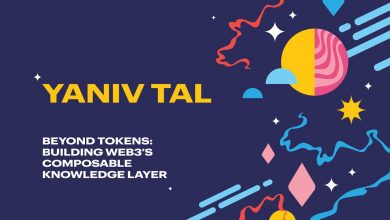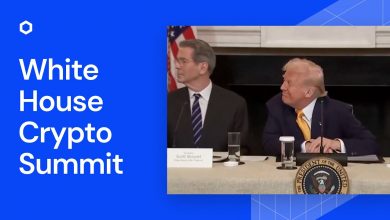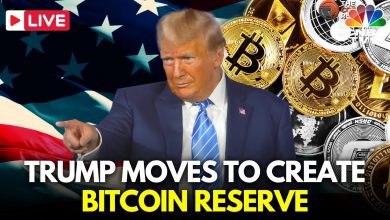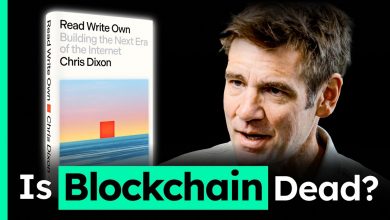Metaverse Gaming 3.0 – How the Fusion of the Blockchain and the Immersive Web Will Power the Future of Gaming
This shifts the dynamic from a "pay-to-play" or "rented experience" model to a "play-to-own" economy.
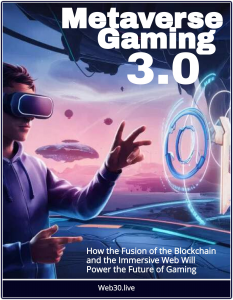 Blockchain gaming represents a transformative shift in the gaming industry, leveraging decentralized technologies like blockchain to create new paradigms for ownership, engagement, and economic interaction.
Blockchain gaming represents a transformative shift in the gaming industry, leveraging decentralized technologies like blockchain to create new paradigms for ownership, engagement, and economic interaction.
At its core, blockchain gaming integrates cryptographic systems—most notably non-fungible tokens (NFTs)—to enable player-owned assets and foster deeper community involvement. Let’s break this down.
NFTs and Player-Owned Assets
NFTs are unique digital tokens stored on a blockchain, typically adhering to standards like ERC-721 or ERC-1155 on Ethereum (though other blockchains like Solana, Polygon, or Binance Smart Chain are also popular).
Unlike traditional in-game items, which are controlled by centralized game developers and locked within their ecosystems, NFTs grant players true ownership of digital assets. This ownership is verifiable, permanent, and transferable due to the immutable nature of blockchain records.
In a blockchain game, assets like characters, weapons, skins, or virtual land can be minted as NFTs. For example, a player might acquire a rare sword in a game like Axie Infinity or a plot of land in The Sandbox. Because these are NFTs, the player holds the private keys to the token, meaning they—not the developer—own it. This has several implications:
- Portability: Players can trade, sell, or transfer these assets outside the game on marketplaces like OpenSea or Magic Eden, often for cryptocurrency or fiat equivalents. A sword earned in-game could fetch hundreds of dollars if it’s rare enough.
- Persistence: Unlike traditional games where items vanish if servers shut down, NFT assets persist on the blockchain, independent of the game’s lifecycle.
- Interoperability: Some games and platforms are exploring cross-game compatibility, where an NFT from one game (e.g., a character) could be used in another, assuming developers adopt shared standards.
This shifts the dynamic from a “pay-to-play” or “rented experience” model to a “play-to-own” economy. Players invest time or money into a game with the potential for tangible returns, blurring the line between gaming and economic activity.
Community Engagement
NFTs also amplify community engagement by aligning incentives between players, developers, and creators. Here’s how:
- Decentralized Governance: Many blockchain games tie NFTs to governance tokens (e.g., $AXS in Axie Infinity or $SAND in The Sandbox). Players who own these assets can vote on game updates, reward structures, or even narrative directions, giving them a stake in the ecosystem’s evolution.
- Creator Economies: Players can become creators—minting and selling their own NFTs (like custom skins or levels) within the game’s framework. This fosters a participatory culture where the community drives content, not just consumes it.
- Social Status and Rarity: NFTs often signal prestige. Owning a one-of-a-kind item (e.g., a CryptoPunk integrated into a game) becomes a badge of honor, spurring social interaction, trading, and bragging rights within communities on Discord, X, or in-game hubs.
- Play-to-Earn (P2E): In games like Axie Infinity, players earn NFTs or tokens through gameplay, which can be sold for real-world value. This attracts global communities, especially in regions where P2E can supplement income, creating tight-knit player networks (e.g., guilds or “scholarship” systems where experienced players lend assets to newbies).
Real-World Examples
- Axie Infinity: Players breed and battle Axies (NFT creatures), earning $SLP tokens or selling Axies on the marketplace. The community self-organizes into scholarship programs, where asset owners “rent” Axies to others for a profit split.
- The Sandbox: Players buy LAND (NFT plots) to build experiences, monetizing them via events or rentals. Community creators collaborate to populate the metaverse, driving engagement.
- Decentraland: Virtual real estate NFTs let players host events or businesses, with community-driven festivals showcasing user creativity.
Challenges and Nuance
It’s not all utopian. Blockchain gaming faces hurdles:
- Scalability: High transaction fees (e.g., Ethereum gas costs) can price out casual players, though layer-2 solutions like Immutable X or Polygon mitigate this.
- Speculation: NFT prices can be volatile, with some treating them more as investments than gaming assets, leading to boom-bust cycles.
- Accessibility: Wallet setups and crypto literacy remain barriers, though user-friendly interfaces are improving.
Centralization Risks: Despite the “decentralized” label, some games retain control over key mechanics, diluting the promise of player ownership.
The Big Picture
Blockchain gaming with NFTs flips the traditional model on its head. Players aren’t just consumers; they’re stakeholders, traders, and co-creators. Communities thrive because they’re empowered to shape the game and its economy, whether through trading a $500 virtual sword or voting on the next big update. It’s a messy, evolving space—part game, part marketplace, part social experiment—but it’s undeniably redefining how we think about digital ownership and engagement.
